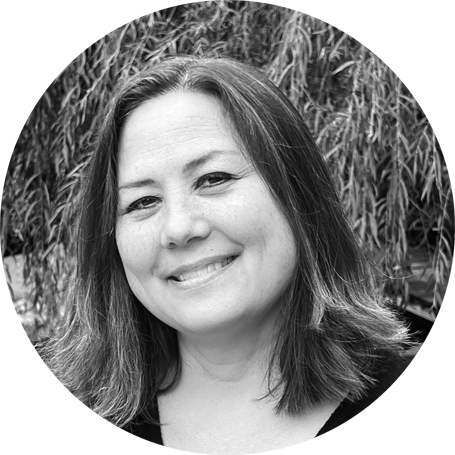
A Woman in Medicine
by Stacey Donlan, M.D.
lthough women physicians have come a long way in establishing themselves as leaders in their profession, our journey remains with much more to achieve. While women account for 53 percent of the nation’s medical school enrollees, in 2019 women physicians comprised only 36 percent of the workforce. In terms of leadership roles, women hold only 18 percent of board chair positions and 15 percent of CEO roles. More telling is that even at the CEO level, there is still an annual gender wage gap of $132,652. This bias, I believe, stems not only from inside the profession, where systems are not in place to meet the different needs of women, but also from patients, who are used to male doctors. We ourselves may also not have the confidence to carve our own path. My experiences, while challenging, have led me to become more self-reliant and self-assured so that I can be successful.
I grew up in the ’70s and ’80s, graduating from a college-prep high school in Los Angeles in 1983. While both my parents wanted me to go to college, the reasoning from my mother was to be sure I had a fallback degree in case I ever got divorced. When I decided to go to medical school, my mother was horrified that I might never find a spouse due to hours spent studying, while my father was incredibly proud and supportive.
I graduated with a BA in Biology with an acceptance to Georgetown University School of Medicine in 1987.
In 2006, it was time for a change. I decided to leave my group and open my own practice. It has been a resounding success. I have a much more balanced panel of women and men. I make my own hours and am available to my patients when they need me. My revenue is more than twice what I was making for the clinic. Best of all, I answer to no one but myself. I make my own decisions without that small voice asking how it will affect someone else. Again, I carved my own path and followed it, confident that it would be successful.
Throughout the last 30 years I have seen a great deal of positive change for women in medicine. Not only has it become more accepted that women physicians can handle the mental and physical challenges of training, but also women have shown that we can do it. There are social media pages and organizations dedicated to supporting women in medicine. We have FMLA if we work for a large enough company. Patients, both men and women, no longer view women physicians as inferior. We are trusted and respected by our patients. I am confident this will eventually lead us to complete equality in medicine.

Stacey Donlan, M.D., graduated from the University of California at Berkeley and received her Medical Doctorate from Georgetown University. In 2006, Dr. Donlan opened her own medical practice, Eastside Premier Medicine. Following the Concierge Primary Care model of medicine, Dr. Donlan focuses on patient-centered care with an emphasis on compassion, comfort, and convenience. Dr. Donlan is board-certified by the American Board of Internal Medicine and is an active member of the American Medical Association, Washington State Medical Association, and the American College of Physicians. She has received numerous awards, including making Seattle Magazine’s 2022 Top Doctors list. When she’s not at the office, Dr. Donlan enjoys spending time with her husband, their three children, and their very, very large dog!